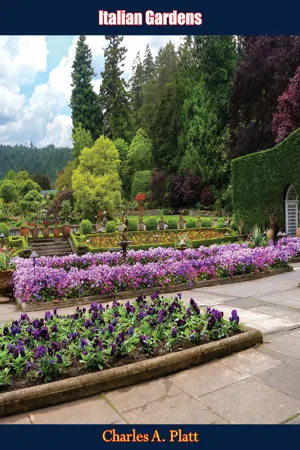
- 88 pages
- English
- ePUB (mobile friendly)
- Available on iOS & Android
Italian Gardens
About this book
"The first steps of one interested in the formal style of landscape architecture should be directed to Italy." So wrote the great American designer Charles Platt in his introduction to his book, Italian Gardens, first published in 1894. Platt's words proved influential.
Devoted solely to the topic of the Italian villa landscape, the handsomely illustrated volume quickly found an eager readership among American architects, landscape designers, and their clients. As the first publication in English on the topic, Italian Gardens appealed to a public increasingly intrigued by the question of what the new American garden might look like.
Platt's book also turned a national spotlight on his own fledgling architectural career, transforming him into one of the most sought-after designers in the country. Perhaps no volume in the history of American landscape architecture has had so far-reaching an effect.
The book offered far more than just specific design motifs to gardeners and architects. Elegant photographs painted a picture of a celebratory indoor/outdoor lifestyle. The text indirectly prescribed a specific relationship between the residential landscape and architecture. Platt saw the genius in the Italian concept of a garden as a series of rooms, or apartments, "where one, " he reported, "might walk about and find a place suitable to the hour of the day and feeling of the moment, and still be in that sacred portion of the globe dedicated to one's self." American designers took Platt's observations and images to heart, and made extensive use of them.-Print ed.
Frequently asked questions
- Essential is ideal for learners and professionals who enjoy exploring a wide range of subjects. Access the Essential Library with 800,000+ trusted titles and best-sellers across business, personal growth, and the humanities. Includes unlimited reading time and Standard Read Aloud voice.
- Complete: Perfect for advanced learners and researchers needing full, unrestricted access. Unlock 1.4M+ books across hundreds of subjects, including academic and specialized titles. The Complete Plan also includes advanced features like Premium Read Aloud and Research Assistant.
Please note we cannot support devices running on iOS 13 and Android 7 or earlier. Learn more about using the app.
Information
VILLA D’ESTE
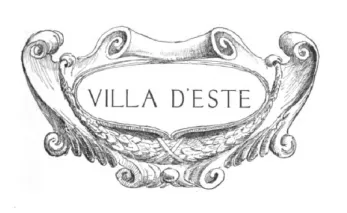
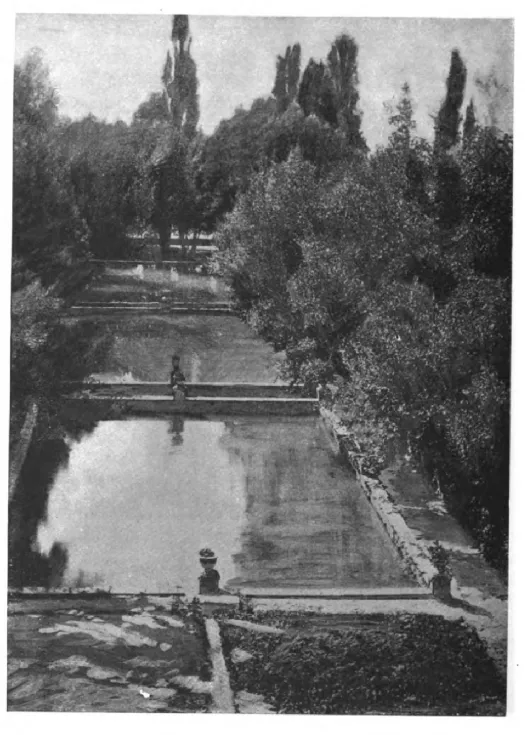
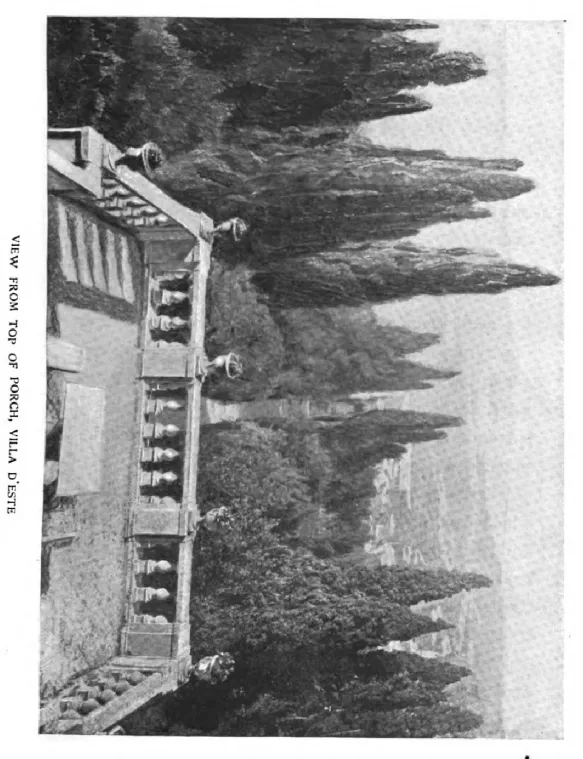

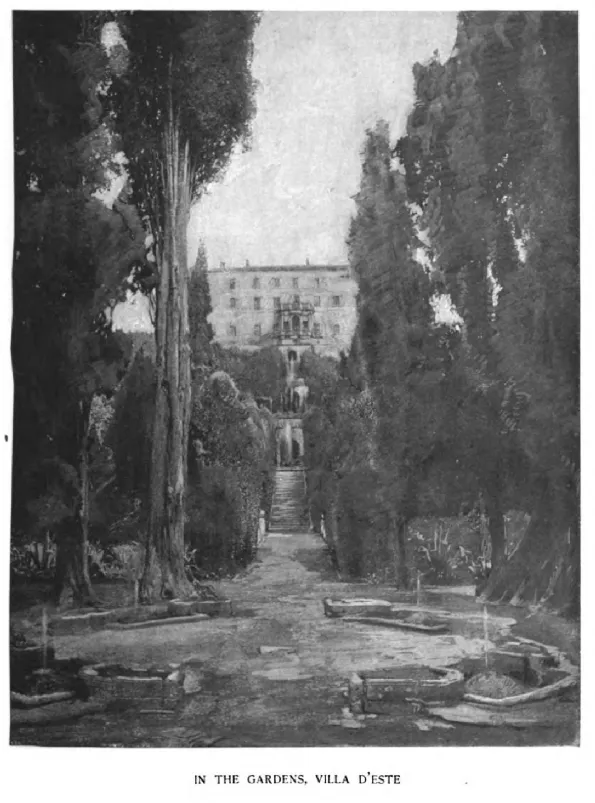
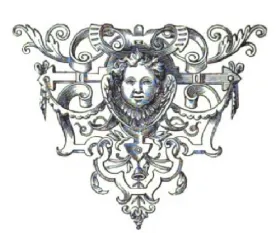

VILLA ALDOBRANDINI

Table of contents
- Title page
- TABLE OF CONTENTS
- ILLUSTRATIONS
- INTRODUCTORY
- VILLA LANTE
- VILLA BORGHESE
- VILLA PAMFILI
- VILLA ALBANI
- QUIRINAL GARDENS
- COLONNA GARDENS
- VILLA MEDICI
- VILLA MATTEI
- VILLA D’ESTE
- VILLA ALDOBRANDINI
- VILLA CONTI
- VILLA FALCONIERI
- VILLA MUTI
- VILLA FALCONIERI
- VILLA PORTICI
- CAPRAROLA
- BOBOLI GARDENS
- CASTELLO
- GUISTI GARDENS
- CONCLUSION